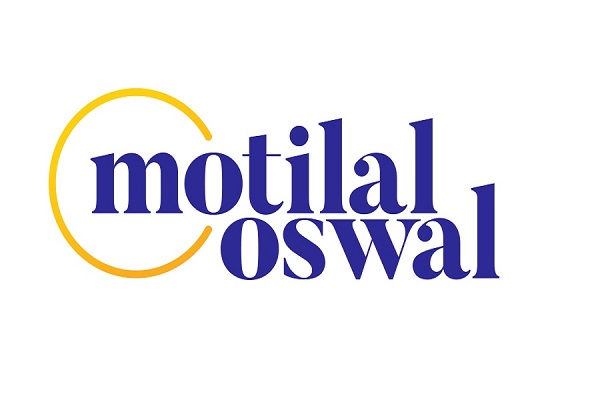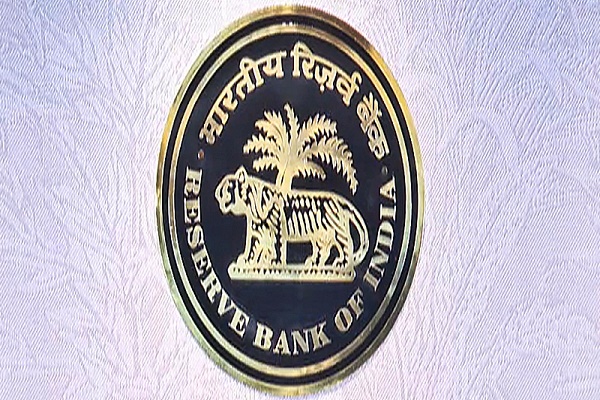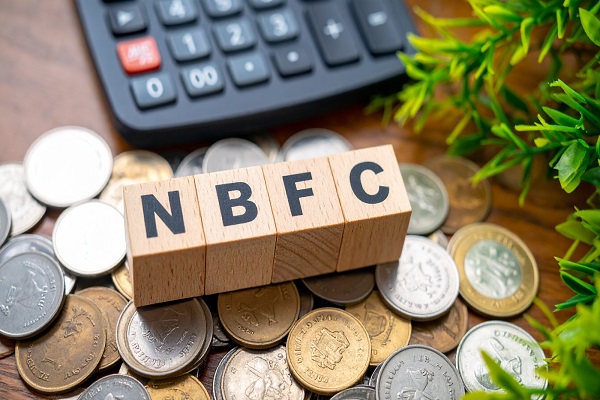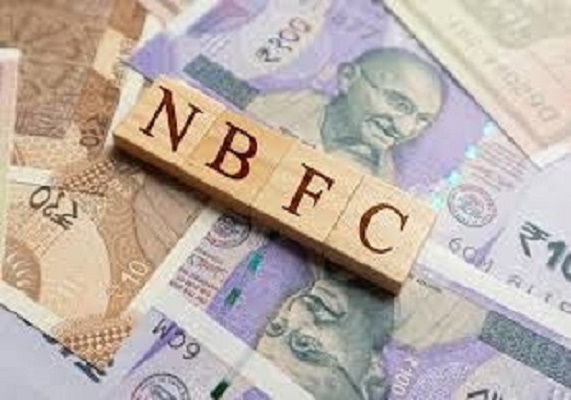NBFCs Sector Update: Demand trends soft;seasonal weakness visible in asset quality By Motilal Oswal Financial Services Ltd

Demand trends soft;seasonal weakness visible in asset quality
Demand momentum exhibits mixed trends: We expect ~10% YoY growth in AUM for our coverage HFCs, including both affordable and large HFCs. Vehicle financers are projected to report ~18% YoY AUM growth. Gold lenders (despite the weakness in MFI growth) are likely to record ~29% YoY growth (primarily driven by ~43% YoY growth in MUTH). NBFC-MFI AUM is estimated to decline ~22% YoY, while diversified lenders are anticipated to deliver ~24% YoY growth. For our NBFC coverage universe, we estimate a loan growth of ~16% YoY/~4% QoQ as of Jun’25. During the quarter, loan growth exhibited mixed trends across segments: 1) Gold financiers saw very strong growth, 2) MFIs (except CREDAG) reported a decline in AUM due to muted disbursements, 3) Vehicle finance growth moderated slightly due to seasonality and weak auto industry volumes, and 4) Home loan disbursements for large HFCs remained relatively weak since they had to let go of some business amid price competition from banks.
Lag in transmission of MCLR rate cuts; marginal reduction in borrowing costs: CoB for most NBFCs has seen a very minor sequential decline because of the repricing of EBLR borrowings. The transmission through bank MCLR has been limited, as not all banks have reduced their MCLR rates. Even among those that have, the benefit to NBFCs has been marginal at only ~10-15 bps. A more meaningful transmission of policy rate cuts through MCLR cuts for NBFCs is likely to begin from Jul’25. NIM trends for NBFCs are expected to be mixed this quarter, varying across sub-segments. Large HFCs and gold financiers are likely to witness margin compression, while affordable HFCs and vehicle financiers would see slight NIM expansion driven by segment-specific nuances. VFs are expected to report healthy NIM expansion in 2HFY26.
Weak macro resulting in sustained asset quality weakness; credit costs elevated across the board: In addition to the weak seasonality of 1Q, macro weakness had a bigger role to play in the asset quality weakness witnessed during the quarter. The stress in Karnataka remains elevated and is now anticipated to normalize by the end of 2QFY26 (vs. the earlier expectation of end-1QFY26). For MFIs, credit costs are likely to moderate sequentially, having peaked in 4QFY25; however, they are expected to remain elevated through 1HFY26 and will normalize only in 2HFY26. Asset quality for HFCs (including affordable HFCs) remains broadly stable, apart from the minor seasonal weakness typically observed during the quarter. For Power financiers, there were no new slippages or stressed asset resolutions during the quarter. Credit costs for vehicle financiers are slightly higher than our earlier expectations, driven by broad-based weakness in asset quality.
Earnings likely to grow ~8% YoY but decline 2% QoQ for our coverage universe: We estimate ~14%/13%/8% YoY growth in NII/PPoP/PAT in 1QFY26 for our NBFC coverage universe. Excluding NBFC-MFI, we estimate ~12% YoY growth in PAT for our coverage universe. Our preference is for Housing Financiers, including select affordable HFCs and diversified lenders (who have navigated the unsecured credit cycle and are now looking to grow their unsecured loan book again). Our top picks in the sector are: SHFL, Home First, PNBHF, and LTFH.
Affordable HFCs doing better on NIM compared to their large counterparts
* Large HFCs are facing heightened competition, particularly from PSU banks that are offering home loans at significantly lower rates. Given their inability to match these rates without compromising yields, many large HFCs are opting to forego such business. Large HFCs are expected to report NIM compression, driven by declining yields amidst intensifying competition, while benefits on the liabilities book (ones that are MCLR-linked ) have remained limited.
*Despite a 100bp repo rate cut by the RBI, most affordable HFCs did not make any changes to their PLR rates until Jun’25. As a result, affordable HFCs are likely to witness margin expansion, supported by some benefits in their CoB.
* Asset quality for HFCs remains largely stable, but for the typical seasonal flows seen in 1Q. Credit costs are expected to remain benign.
* For LICHF, we expect credit costs at ~20bp (vs. ~15bp in 4QFY25). Margins are likely to dip ~5bp QoQ. We expect LICHF to report ~8% YoY growth in loans.
* We forecast HomeFirst to report a ~12% YoY growth in disbursements, leading to a healthy AUM growth of ~29% YoY. We expect NIMs to expand for HomeFirst primarily due to a decline in leverage driven by capital raise. Aavas is likely to report NIM expansion of ~5bp QoQ. Asset quality for both HomeFirst and Aavas could exhibit seasonal weakness, but credit costs will remain benign.
* We estimate PNBHF to deliver a ~16%-17% YoY growth in total loan book as of Jun’25. For PNBHF, we expect NIM to contract ~5bp QoQ. Asset quality improvement and recoveries from the written-off pool in both Retail/Corporate could potentially again result in provision write-backs (like in the prior quarters).
* For Five Star, loan growth and disbursements remain subdued, as the company has consciously chosen to adopt a cautious stance amid ongoing asset quality and collection trends. The stress in Karnataka continues to be more pronounced for Five Star, with normalization expected in 2HFY26. We expect disbursements to remain flat YoY, translating into ~20%-21% YoY growth in AUM. NIMs are likely to contract ~50bp QoQ, driven by ~200bp cut in lending rates implemented by the company from Nov’24. We expect a deterioration in asset quality, which would lead to a rise in credit costs to ~100bp (vs. ~70bp in 4QFY25).
Vehicle Finance – loan growth remains weak; credit costs to inch up QoQ
* MMFS reported disbursements of ~INR128b in 1QFY26 (up ~1% YoY), leading to business assets growing by ~15% YoY. We expect credit costs (as % of avg. loans) for MMFS to be at ~2% in 1QFY26 (vs. 1.6% in 4QFY25). MMFS also reported deterioration of ~50-60bp QoQ in 30+ dpd.
* For CIFC and SHTF, we expect a disbursement growth of 2%/17% YoY, which should translate into ~23%/17% YoY growth in AUM for CIFC/SHTF as of Jun’25. Disbursements were largely flat YoY for CIFC because the company has stopped doing fintech-originated CSEL, supply chain financing, and flexi loans.
* We estimate NIM expansion for vehicle financiers in FY26, driven by a decline in CoB and a fixed-rate vehicle finance book. Vehicle financiers faced seasonal asset quality deterioration this quarter, which is expected to result in sequentially higher credit costs.
* The broad industry trends remain challenging, particularly in the CV segment. While volumes in the HCV segment are declining, the LCV segment is performing relatively better. The entry-level PV segment also remains weak, with 2W and tractors being the only segments showing relatively better performance from an overall auto industry standpoint.
Gold Finance – robust gold loan growth but with NIM compression
We expect gold loan financiers to deliver very strong gold loan growth (partly driven by tonnage growth and partly by an increase in portfolio LTV) in 1QFY26. While we expect MGFL to have delivered ~24% YoY gold loan growth, the drag from its MFI and CV business would keep consolidated loan growth muted at just ~2% YoY. We expect ~43% YoY gold loan growth for MUTH.
Gold financiers are likely to witness NIM compression this quarter, driven by a moderation in lending yields. We expect margins to contract ~40bp QoQ for MUTH and ~15bp QoQ for MGFL.
While credit costs peaked in 4QFY25 for both Asirvad and Belstar, they are expected to remain elevated over the next two quarters, with normalization likely only in 2HFY26.
MFIs – credit costs decline sequentially but will remain elevated
* Disbursements remained muted across all MFIs (except CREDAG). We expect the loan book to de-grow for Fusion and Spandana, while CREDAG’s GLP has largely remained flat QoQ. We expect AUM to decline ~11%/22% QoQ for Fusion/Spandana in 1QFY26.
* The impact of the Karnataka ordinance is yet to fully normalize, with lingering stress still evident in the state. Normalization is now anticipated by 2QFY26, a slight delay from the earlier estimate of 1QFY26. We expect credit costs to remain elevated for the next two quarters, a major proportion of which will be contributed by write-offs that had slipped over Jan-Apr’25. We estimate annualized credit costs of ~8%/ ~7%/36% for CREDAG/Fusion/Spandana in this quarter.
* A trend reversal is on the horizon in the MFI sector and is likely to play out over the next couple of quarters, with the sector likely nearing normalization by 2HFY26. That said, we strongly believe that the upcoming three months present an opportunity to separate high-quality franchises from weaker ones, with performance divergence across the MFI sector expected to be increasingly evident.
Diversified Financiers – poised for stronger growth in unsecured segments; credit costs slightly higher due to seasonality
LTFH reported ~18% YoY/5% QoQ growth in retail loans. Since the company is not growing its wholesale segments (such as real estate and infrastructure), we expect the consolidated loan book to grow ~4% QoQ in 1QFY26. We anticipate credit costs to remain broadly stable QoQ at 2.6%.
BAF reported AUM growth of ~25% YoY/6% QoQ. We estimate a ~7bp QoQ contraction in NIM for BAF with credit costs at ~205bp (v/s 197bp QoQ).
Poonawalla posted AUM growth of ~53% YoY/16% QoQ with total AUM of INR413b. We expect credit costs to dip ~45bp QoQ to ~1.45% (vs. 1.9% in 4QFY25).
For IIFL Finance, we expect strong growth in gold loan AUM to sustain and estimate gold loan book growth of ~25% QoQ. While we expect a sequential decline in its MFI AUM, it would still exhibit a ~7% QoQ growth in its consolidated AUM. We estimate a PAT of INR2.2b in 1QFY26 (vs. INR2.1b in 4QFY25).
Power Financiers – muted loan growth; asset quality to remain broadly stable
Disbursements among power financiers showed mixed trends. REC is expected to report healthy disbursement growth, whereas disbursements for PFC are likely to remain muted. Asset quality is expected to remain stable/improve, since there were no new slippages or stressed asset resolutions in the quarter. TRN Energy has been restructured, and we expect the benefit to accrue in provision write-backs in 2QFY26. The final guidelines on project financing have been published by the RBI and will not lead to any material increase in provisioning requirements for either PFC or REC.
For PFC, we expect disbursements to decline 47% QoQ, leading to loan book growth of ~16% YoY/1.4% QoQ. For REC, we expect disbursement growth of ~26% YoY, which could potentially result in loan book growth of ~10% YoY/2.4% QoQ.
For More Research Reports : Click Here
For More Motilal Oswal Securities Ltd Disclaimer
http://www.motilaloswal.com/MOSLdisclaimer/disclaimer.html
SEBI Registration number is INH000000412










More News

Metals and Mining Sector Update : DGTR recommends 12% provisional safeguard duty for 200 day...













